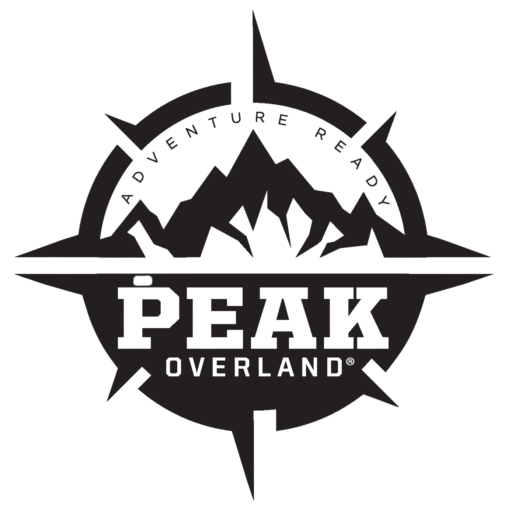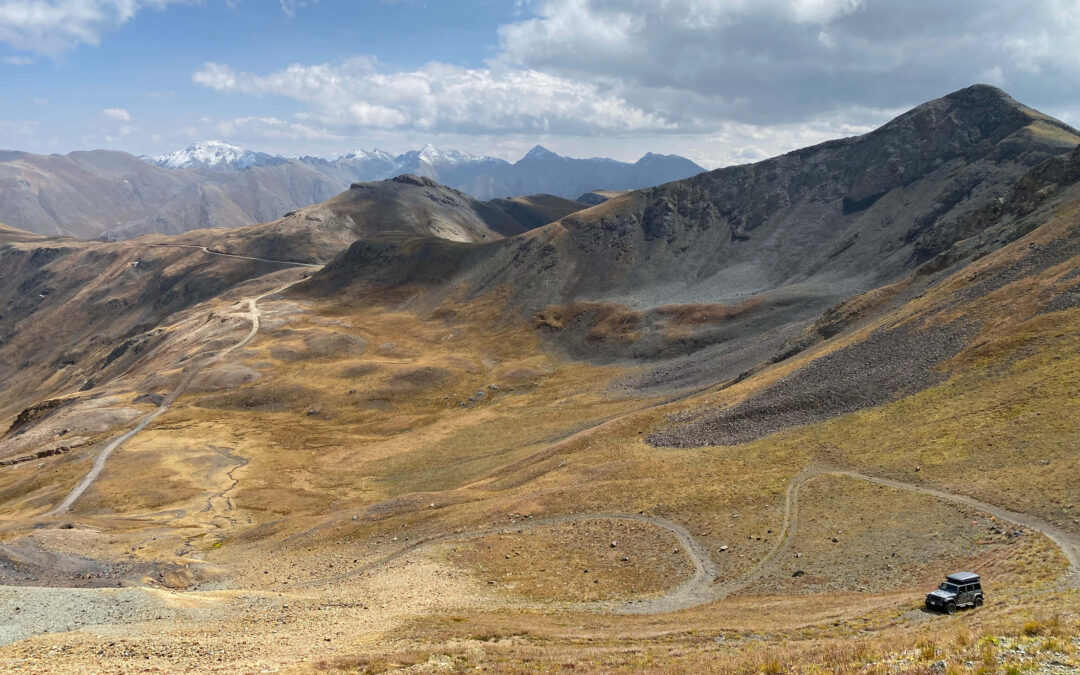Is Overlanding Really in Decline?
If you’ve been paying attention to the outdoor community lately, you may have noticed a theme: videos asking “Is overlanding dead?” social media posts about unused rooftop tents gathering dust, and even some overland-related businesses closing their doors. Here at Peak Overland, we’ve also seen a quieter summer than usual.
It raises the question — is overlanding really in decline, or is something else happening?
The Bigger Picture: Travel Industry Trends
To answer that, it helps to zoom out. The slowdown we’re seeing isn’t just about overlanding. Travel as a whole is cooling after several years of post-pandemic highs.
-
Vacation spending is down: The Washington Post reported that average summer vacation spending in 2025 dropped to about $3,130 — down from $4,200 last year, nearly a 25% decline. Families are trimming trips or scaling back on length and distance.
-
Air travel is shrinking: Airlines cut domestic flight capacity by about 6% this August, even as fares rose 4%. International travel is down 11–12%, costing the U.S. industry billions in revenue.
-
Lodging and car rentals are softening: Hotels and short-term rentals are reporting slower demand in some leisure markets, and rental car fleets are holding steady instead of expanding.
We’ve felt this shift directly. Last season, more than half of our guests came from outside the U.S. — in fact, for the first time, we had more international travelers than domestic ones. This year, by contrast, we’ve only hosted one international guest so far. We’ve also had more cancellations than normal, with guests citing financial challenges, job changes, etc. Our partners in guided outdoor recreation and VRBO have also experienced a decline in number of reservations and length of bookings.
In other words, what we’re experiencing in overland rentals reflects a broader trend: a more cautious consumer, fewer big-ticket trips, and an overall pullback in discretionary travel.
Overlanding as a Niche Travel Segment
Overlanding is a unique blend of off-road exploration, self-sufficient camping, and long-distance road tripping. It’s not quite car camping, not quite RVing, and not quite traditional travel — it lives at the crossroads of all three.
That makes it especially sensitive to shifts in travel behavior. When people are traveling less or scaling down, fewer are booking extended multi-day overland trips. And because it’s a niche activity, the highs and lows feel sharper than in mainstream travel segments.
The Pandemic Boom — and the Reset
There’s no denying that the pandemic fueled a surge in overlanding. With international travel shut down and many people hesitant to fly, the idea of hitting the trails in a self-contained vehicle was irresistible. New YouTube channels appeared overnight, gear companies saw record sales, and demand for outfitted rentals soared.
But booms often lead to corrections. Many newcomers invested heavily in vehicles and equipment, used them a handful of times, and then decided the lifestyle wasn’t for them. Others discovered that real overlanding isn’t just Instagram sunsets — it’s planning routes, setting up camp in the rain, airing down tires, and sometimes getting stuck.
Now, a few years later, we’re seeing the aftereffects. The hype is settling, the industry is recalibrating, and the people left are those who truly love it.
Why That’s Not Necessarily a Bad Thing
Some view the slowdown as a negative. We see it differently. Fewer casual participants means:
-
Less crowded trails: Colorado passes and Utah’s backcountry are easier to enjoy without heavy traffic.
-
More authentic community: The people still out there are passionate about the lifestyle, not just the look.
-
Room for deeper service: At Peak Overland, we can spend more time tailoring trips for guests who are genuinely excited to explore.
Overlanding hasn’t disappeared — it’s simply maturing. Like any activity, it goes through cycles of popularity, but the essence remains: self-reliant adventure, the freedom of the trail, and the joy of waking up where pavement can’t take you.
What This Means for Travelers
If you’ve been thinking about an overland trip, this shift actually plays in your favor:
-
You’ll find better vehicle availability and more personalized planning support.
-
Shoulder season (late summer into fall) is a fantastic time to travel — cooler nights, golden aspens, and fewer crowds.
-
Multi-day trips are still the best way to make the most of Colorado and Utah’s backcountry, and we continue to offer a 10% discount for rentals 5 days or longer.
Final Thoughts
So, is overlanding in decline? Not really. It’s evolving. The pandemic surge has given way to a reset — filtering out the casual dabblers and leaving behind a stronger, more genuine community.
For those who truly value dirt roads, rooftop tents, and the call of the mountains, overlanding is alive and well.
What about you? Have you noticed the change on the trails? Share your perspective — we’d love to hear it. And if you’re ready for a quieter, more personal adventure this fall, we’re here to help you get Adventure Ready™.

